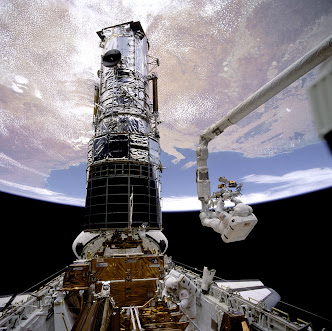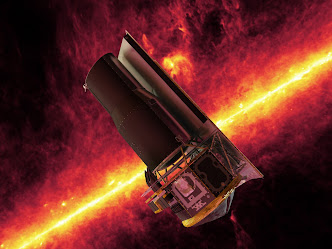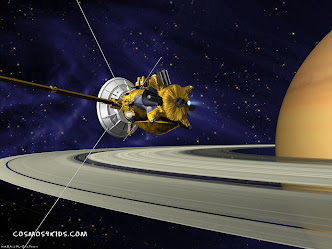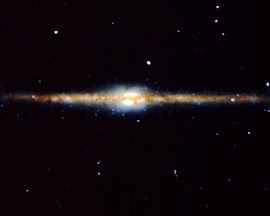6 Universe
The Universe is defined as everything that physically exists: the entirety of space and time, all forms of matter, energy and momentum, and the physical laws and constants that govern them.
Current interpretations of astronomical observations indicate that the age of the universe is 13.73 (± 0.12) billion years, and that the diameter of the observable Universe is at least 93 billion light years.
According to the prevailing scientific model of the Universe, known as the Big Bang, the universe expanded from an extremely hot, dense phase called the Planck epoch, in which all the matter and energy of the observable Universe was concentrated. Since the Planck epoch, the Universe has been expanding to its present form, possibly with a brief period (less than 10-32 seconds) of cosmic inflation.
Experiments and observations suggest that the Universe has been governed by the same physical laws and constants throughout its extent and history. The dominant force at cosmological distances is gravity, and general relativity is currently the most accurate theory of gravitation. The remaining three fundamental forces and all the known particles on which they act are described by the Standard Model.














































